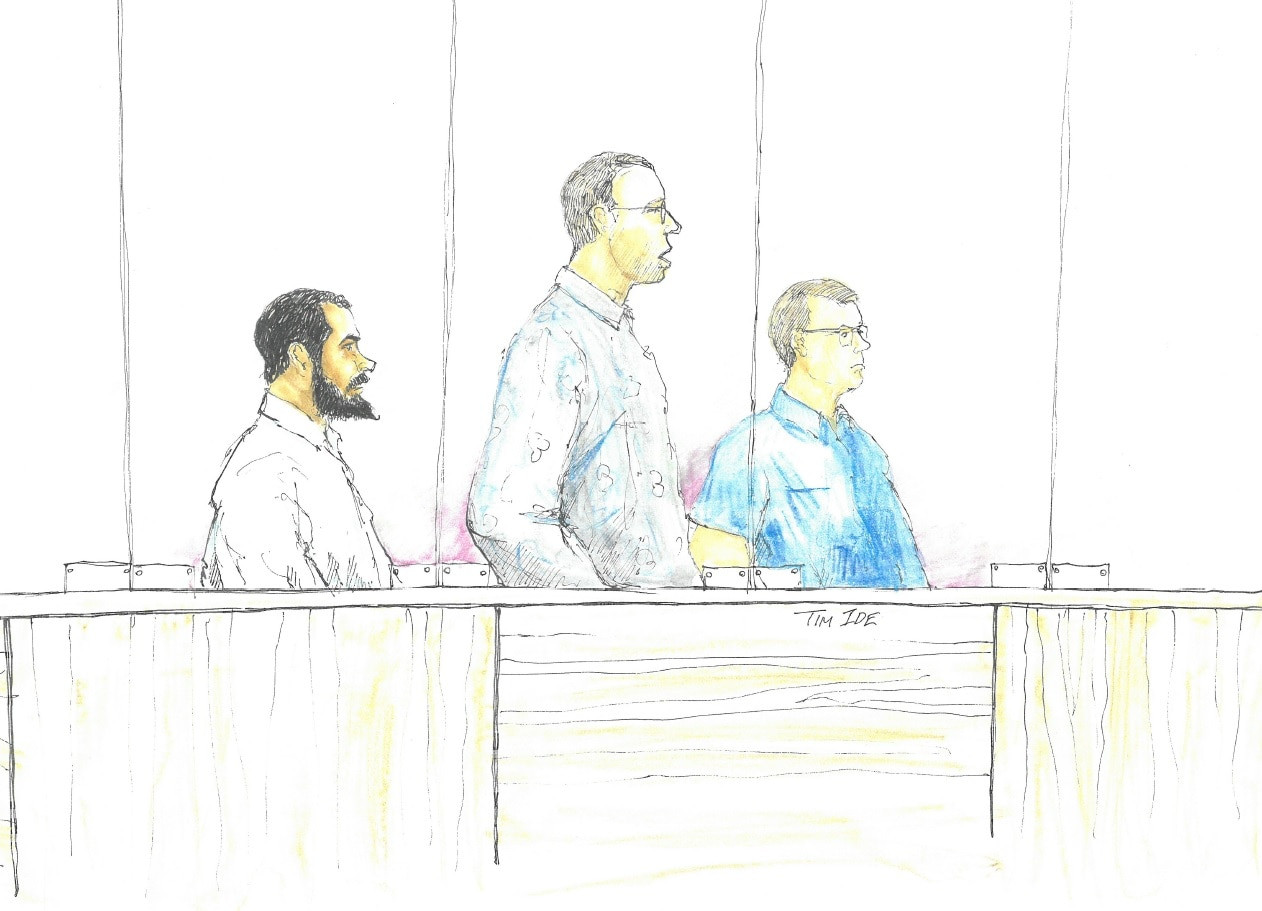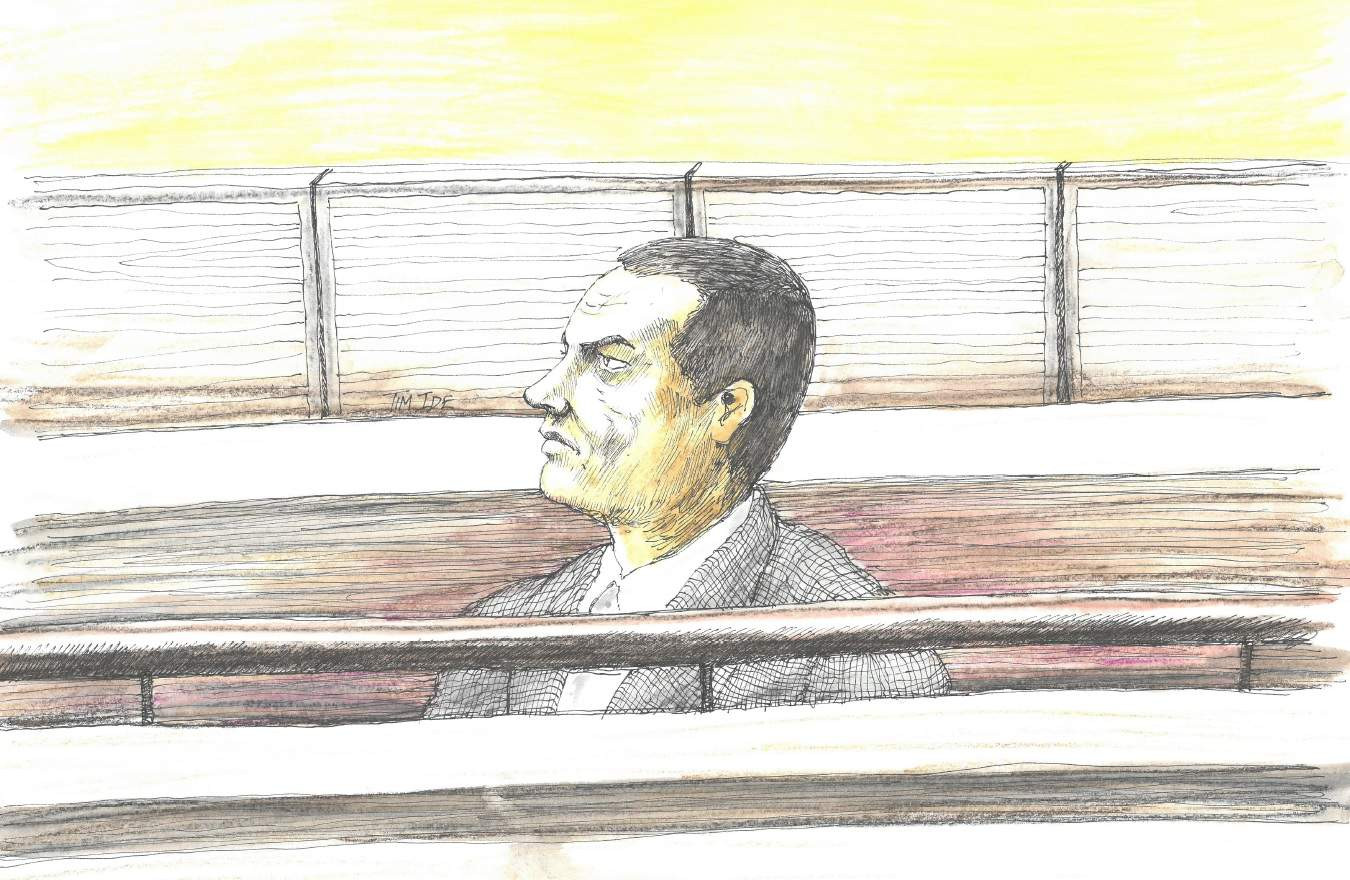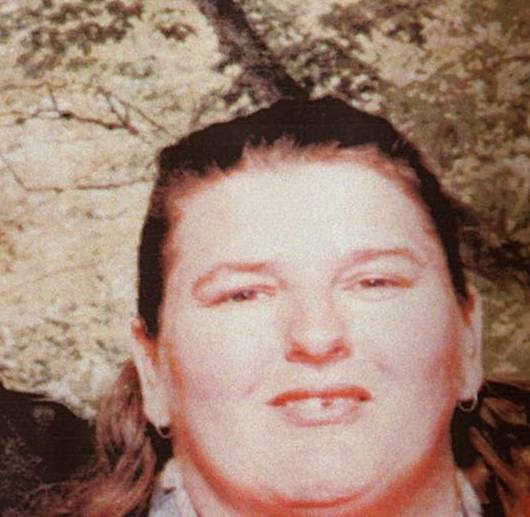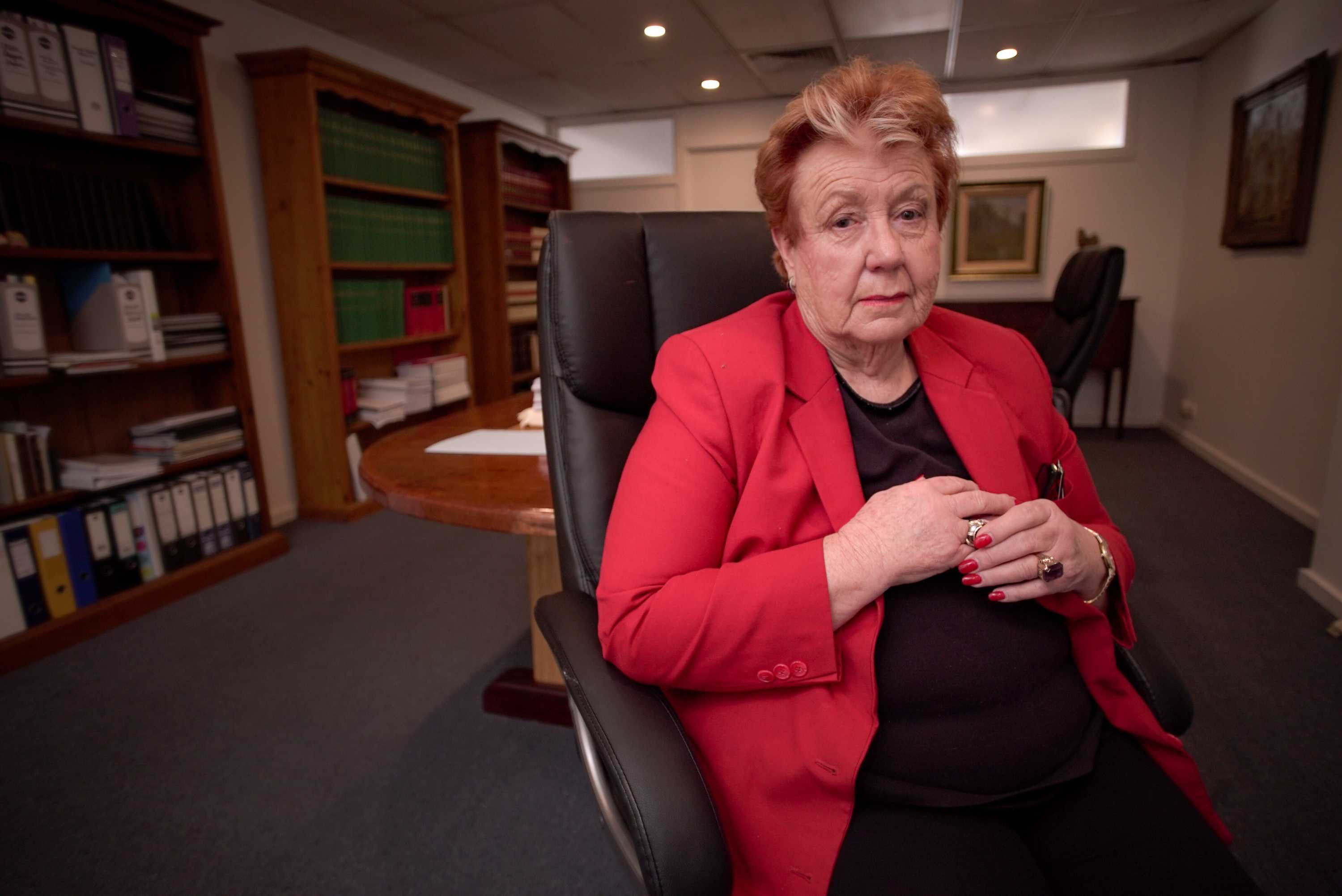Mark Ray Haydon, an accomplice in the gruesome “bodies-in-barrels murders” orchestrated by the infamous John Bunting Killer and his cohorts, is poised to be released from prison as his 25-year sentence concludes in May. This impending freedom, without any parole restrictions, is stirring unease and distress among the victims’ families and raising critical legal questions in South Australia.
Haydon’s sentence stems from his role in concealing the horrific crimes committed by John Justin Bunting, Robert Joe Wagner, and James Spyridon Vlassakis, who collectively became known for the Snowtown killings. These murders, perpetrated between 1992 and 1999, shocked Australia with their brutality and the chilling betrayal of trust involved. The victims were subjected to unimaginable torture and their bodies were callously disposed of, with eight discovered in barrels inside a bank vault in Snowtown in May 1999.
 The Snowtown bank building.
The Snowtown bank building.
The disused Snowtown bank, a grim site where barrels containing victims of the John Bunting killer and his associates were discovered in 1999.
The Shadow of Snowtown: Haydon’s Role in the Killings
While John Bunting was the undisputed ringleader and killer in the Snowtown saga, Haydon played a crucial, albeit different, role. He was convicted of assisting in covering up seven of the eleven murders, a charge that carries a significant sentence, yet falls short of murder itself. Despite not being directly implicated in the killings, Haydon’s 25-year sentence is notably longer than the minimum non-parole period often given to murderers in South Australia, highlighting the severity with which the court viewed his actions.
Legal experts emphasize that under current laws, there appears to be no legal mechanism to prevent Haydon’s release once his sentence is served. James Marcus, a member of the SA Law Society Criminal Law Committee, stated that “once a person has completed the sentence that was imposed upon them, then they are released from custody.” This stark legal reality is a bitter pill for the families of the victims to swallow.
 Mark Ray Haydon, Robert Joe Wagner and John Justin Bunting.
Mark Ray Haydon, Robert Joe Wagner and John Justin Bunting.
Court sketch depicting Mark Ray Haydon alongside John Justin Bunting, the central figure in the Snowtown killings, and Robert Joe Wagner during their trial in the early 2000s.
Betrayal and Concealment: Haydon’s Crimes
Haydon’s involvement began with the assault of Troy Youde in 1998, a horrific event that Justice John Sulan, the sentencing judge, described as leading to “atrocious crimes”. While Haydon claimed to have retreated during the escalating violence against Youde, he remained silent, knowingly allowing the torture and murder to proceed. Youde became the seventh victim in the Snowtown series.
Tragically, among the subsequent victims was Haydon’s own wife, Elizabeth. He not only concealed her murder but actively participated in hiding the bodies of multiple victims at his residence and later at the Snowtown bank. He lied to Elizabeth’s family about her whereabouts, further compounding the cruelty. When Elizabeth’s brother sought police intervention, Haydon assisted in moving the barrels, demonstrating a sustained effort to obstruct justice and protect the John Bunting killer and his associates.
 Court sketch of Snowtown accomplice Mark Ray Haydon sitting in the dock.
Court sketch of Snowtown accomplice Mark Ray Haydon sitting in the dock.
A courtroom illustration of Mark Ray Haydon during the Snowtown bodies-in-barrels murder trial.
Victims’ Families Face Fresh Trauma
Sarah Quick, South Australia’s Victims of Crime Commissioner, has expressed the profound and ongoing trauma experienced by the victims’ families. They are grappling with the impending release of Haydon, struggling to reconcile his involvement with the horrific acts committed by John Bunting and the other killers. The prospect of Haydon potentially starting anew while they continue to live with the devastating consequences of the Snowtown murders is deeply distressing.
 Snowtown bodies-in-the-barrels victim Elizabeth Haydon.
Snowtown bodies-in-the-barrels victim Elizabeth Haydon.
Elizabeth Haydon, a victim of the Snowtown murders and the wife of Mark Ray Haydon, who was convicted of assisting in concealing her death and those of other victims of the John Bunting killer.
Legal Avenues and Community Safety
In light of the impending release, Attorney-General Kyam Maher is exploring legal options to ensure community safety. One potential avenue is to apply to have Haydon declared a high-risk offender. This could allow for an extended supervision order, imposing conditions similar to parole, even after his sentence expires. This order could include restrictions on residency, movement, associations, and potentially electronic monitoring.
The legal argument hinges on whether assisting an offender in a murder can be classified as “perverting the course of justice in relation to a serious offence of violence,” which would fall under the high-risk offender legislation. The Supreme Court will ultimately decide on this interpretation.
 A road sign outside Snowtown on the Augusta Highway.
A road sign outside Snowtown on the Augusta Highway.
A road sign marking the entrance to Snowtown, a location forever linked to the infamous bodies-in-barrels murders, though neither the John Bunting killer nor his victims were originally from the town.
Awaiting the Verdict: Release or Supervision?
While Haydon’s release seems almost inevitable given the expiration of his sentence, the state government is actively seeking legal advice to explore all possible measures. The introduction of a new offense in 2022, criminalizing the concealment of human remains, with a potential 15-year sentence per offense, highlights the evolving legal landscape. However, this law came into effect after Haydon’s crimes.
Frances Nelson KC, Presiding Member of the Parole Board, acknowledges the high likelihood of Haydon’s release, stating, “His head sentence expires in a few weeks, so of course he will be released.” The focus now shifts to the potential application of an extended supervision order, contingent on the court’s assessment of whether Haydon poses an “appreciable risk to the community.”
 Lawyer James Marcus at a desk.
Lawyer James Marcus at a desk.
Legal expert James Marcus explains the legal complexities surrounding Mark Ray Haydon’s impending release and the potential for extended supervision orders.
The shadow of the John Bunting killer and the Snowtown murders continues to loom large in Australia’s collective memory. As Mark Ray Haydon approaches freedom, the legal and emotional aftermath of these horrific crimes remains a painful reality for victims’ families and a continuing concern for the community.
 Frances Nelson QC
Frances Nelson QC
Frances Nelson KC, Presiding Member of the Parole Board, comments on the likely release of Haydon and the possibility of a supervision order.
